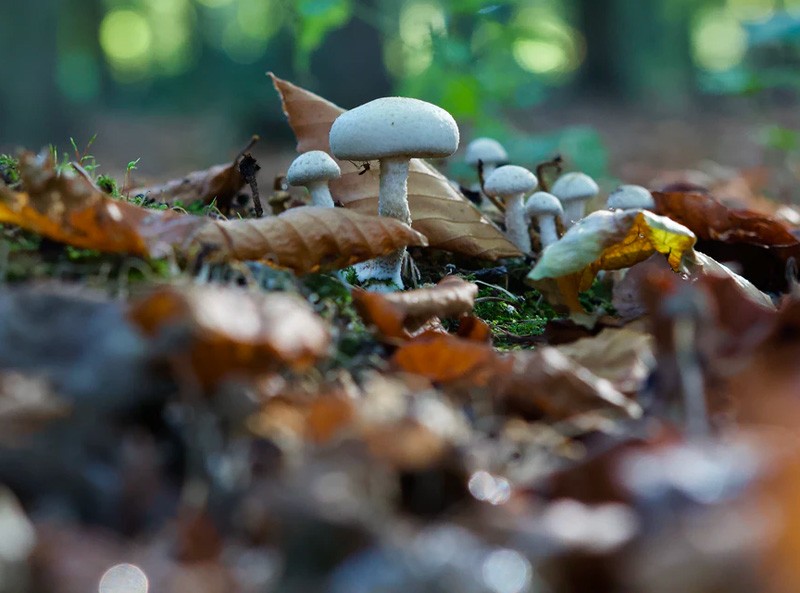Toxic mushrooms in east bay parks can harm humans and dogs

 CONTRA COSTA COUNTY—If the recent attendance at regional parks is any indication, parks and open space are as vital to physical and emotional well-being during the pandemic as health departments have said.
CONTRA COSTA COUNTY—If the recent attendance at regional parks is any indication, parks and open space are as vital to physical and emotional well-being during the pandemic as health departments have said.
Alameda and Contra Costa County health authorities have affirmed that spending time in parks is beneficial for health, disease prevention, and mental stress relief.
So current state and local “Shelter-in-Place” orders allow for “outdoor recreation activities” as an “essential activity,” as long as park visitors wear facemasks and maintain the six-foot social distance.
This is especially true on weekends, when parks including Black Diamond Mines in Antioch, Tilden near Berkeley and Coyote Hills in Fremont, tend to be very crowded. So the district is asking everyone to cooperate with the COVID-19-related protocols, so we can all get through this pandemic as soon as possible.
Beware of mushrooms
While we’re in the regional parks, this is as good a time as any for the annual warning about wild mushrooms.
As winter rains arrive this week, it will stimulate growth of many mushroom varieties.
Please remember, collecting mushrooms or any other plants and animals is against the rules in the regional parks. The parks are essentially wildlife preserves where we are supposed to “take only pictures, leave only footprints.”
That said, park visitors should be knowledgeable about the mushrooms that can be found in the parks. Among them are the death cap (Amanita phalloides) and Western destroying angel (Amanita ocreata), two of the world’s most toxic varieties.
Both contain amatoxins, molecules that are deadly to many animals. Symptoms may not appear until up to 12 hours after consumption, beginning as severe gastrointestinal distress and progressing to liver and kidney failure if treatment is not sought immediately.
Keep pets safe

According to park district naturalist Trent Pearce, both the death cap and destroying angel can be fatal to people and pets if consumed. They mainly grow under oak trees or anywhere that oak roots are present.
The death cap is medium to large with a greenish-gray cap, white gills, a white ring around the stem, and a white sac at the base of the stem. Although it’s mainly associated with oak trees, it has been found growing with other hardwoods. It was accidentally introduced to North America on the roots of European cork oaks, and is now slowly spreading on the West Coast.
The Western destroying angel is medium to large, usually with a creamy white cap, white gills, a white ring around the stem that can disappear with age, and a thin white sac at the base. It’s native to California.
Both varieties are dangerous to pets. So dog owners should keep a close watch during winter months. Contact a veterinarian immediately if you believe your dog may have eaten a poisonous mushroom.
Other mushrooms in this area that contain deadly toxins include Galerina and Lepiota species.
In sum, if you collect mushrooms in areas where it is permitted, expertise is a must. For most of us, the best place for mushroom gathering is the local supermarket.
If you are interested in delving further into mushrooms, visit www.mssf.org, the website of the Mycological Society of San Francisco.
And Black Diamond Mines naturalist Virginia Delgado Martinez has a “Mushroom Exploration & Dissection” video on Facebook.
Ned MacKay writes a regular column about East Bay Regional Park District sites and activities. Email him at nedmackay@comcast.net.
